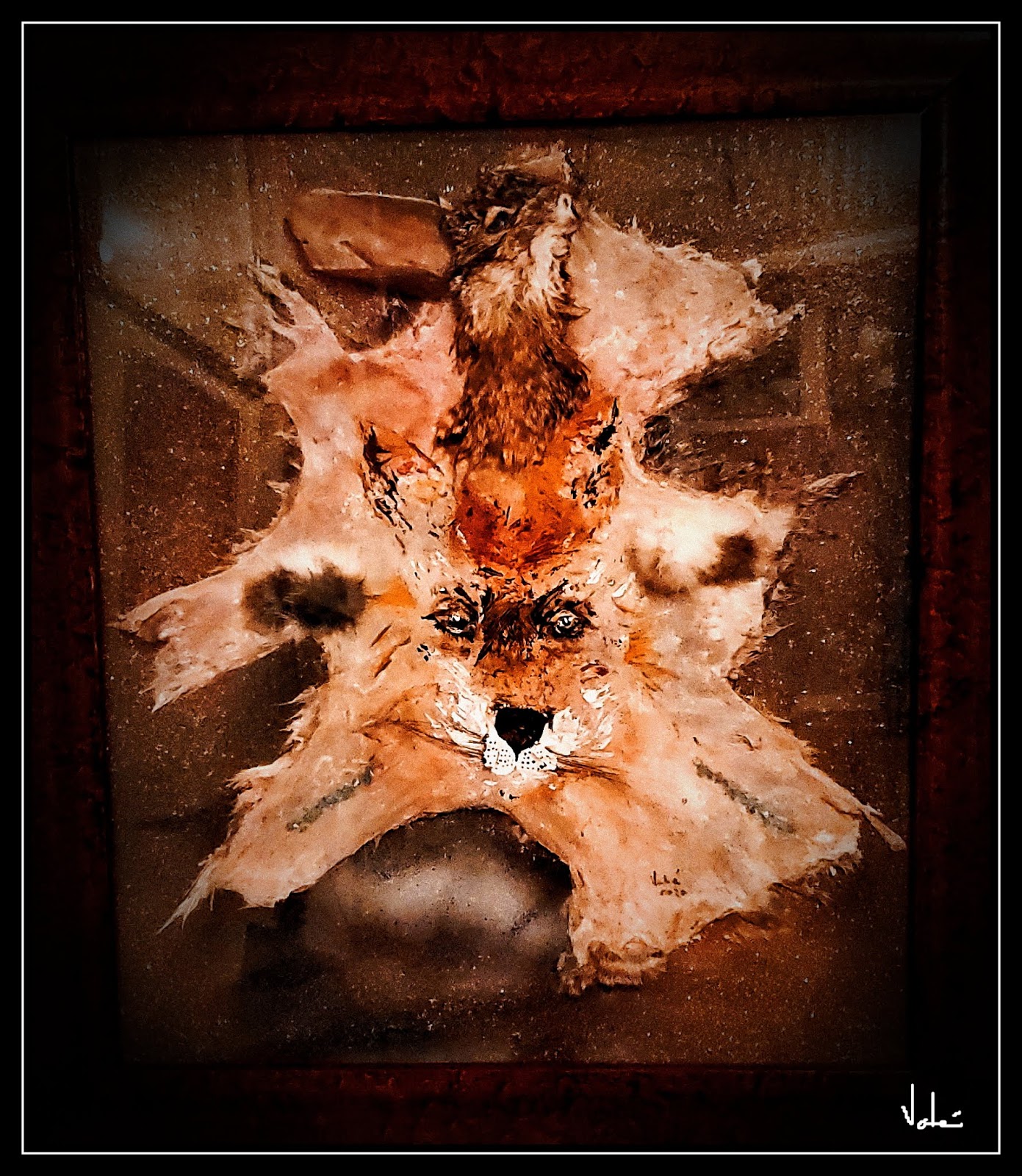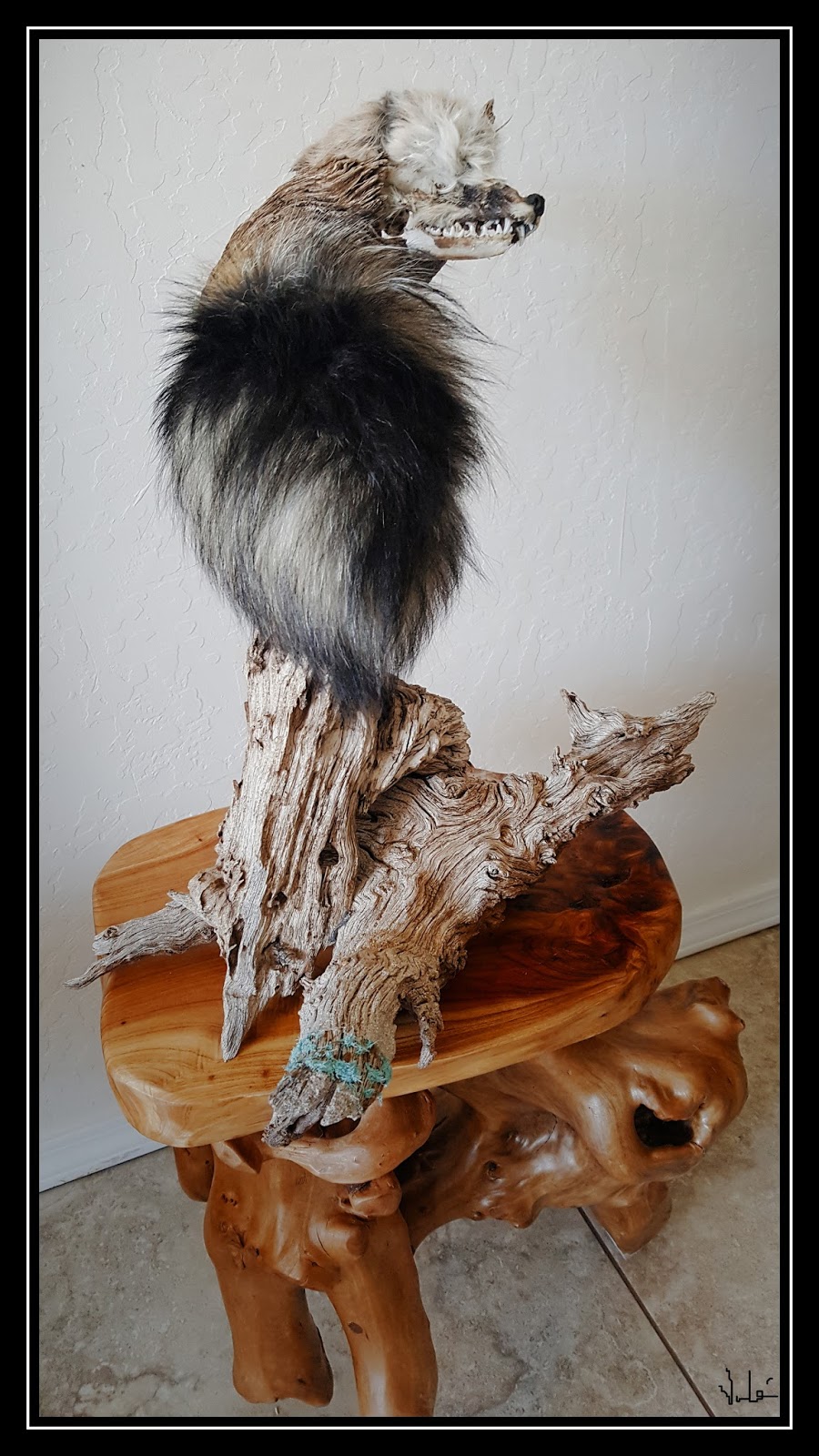Ars Longa, Vita Brevis (Hippocrates)
As a healthcare professional, I still keep in touch
with academia by teaching and publishing. I was preparing a lecture about
promises made by medicine, and wanted to have quality of life as a central
focus. Of course, any discussion of life also involves death, so decided to
refresh my memory regarding major “promises” made in the 1700 and 1800 that
affected many of our expectations today regarding what medicine can do or
promises it can do.
Indeed, in the 1700s frogs were used to experiment
with reflexes and neuro-muscular associations. In 1780, Luigi Galvani from the University
of Bologna, was able to run electric impulses in the crural nerve of the frog’s
leg and get muscular contractions. The galvanometer was thus invented.
So far, all this is experimentation. What was
interesting was that Galvani’s nephew, Giovanni Aldini, took this a step
further by experimenting on the bodies of hanged criminal believing he can
revitalize the muscles and bring them back to life. This is when a
philosophical movement started, notably in England, called “Galvinism”. And as prominent
English surgeons made the promise that they can bring the dead back to life via
electrical shock, and by transplanting human parts from different cadavers, much
extreme behaviors emerged in the name of science and medicine.
Perhaps the most prominent compilation of Galvinism
and the above extreme behaviors is immortalized by Mary Shelley in her book “Frankenstein;
or the new Prometheus” (1818). Today, with organ transplant,
reconstructive surgery, blood/plasma infusions, cryotherapy, skin grafting, etc,
we do not seem to realize that many of us are partial Frankensteins after
heart, hip, shoulder, kidney, eye, hand, hair, etc transplant!
… So, as I was
preparing my lecture, I wondered if artistic creations (I know, some may
disagree with this choice of word…) do in fact create Frankensteins using animal
parts like skin, fur, bones, skull etc.
Here is my experiment.
Started with a deer skull, hare tails, hare legs, and an elk leg. I was not sure where things will go and end.
I painted the skull and used taxidermy glass eyes:
And en guise of antlers used hare legs:
After adding a squirrel head and arm as final touch, I placed it on the
mantle above the fireplace next to a traditional Native American bronze
sculpture and one of my experimental sculptures. The painting of a mountain
lion on hare skin is on the wall perhaps as a transitional approach.


… When Covid-19 will be less intrusive and social isolation end, how long will this Frankenstein of mine stay on the mantle when friends come to dinner?
Only time will tell.
PS/ Art
has historically been used to define knowledge and skill. The title, a statement attributed to Hippocrates, translates into "Art is long, life is brief" meaning that an individual's life is too short to acquire all the available knowledge and skill. In the same vein, the term
surgery
comes from Ancient Greek kheírourgía (χειρουργία)
that translates into “hand labor”. So, when a sculptor creates a work with his hands, it is surgery
in its original definition?
June 10, 2020
© Vahé A. Kazandjian, 2020






Comments
Post a Comment